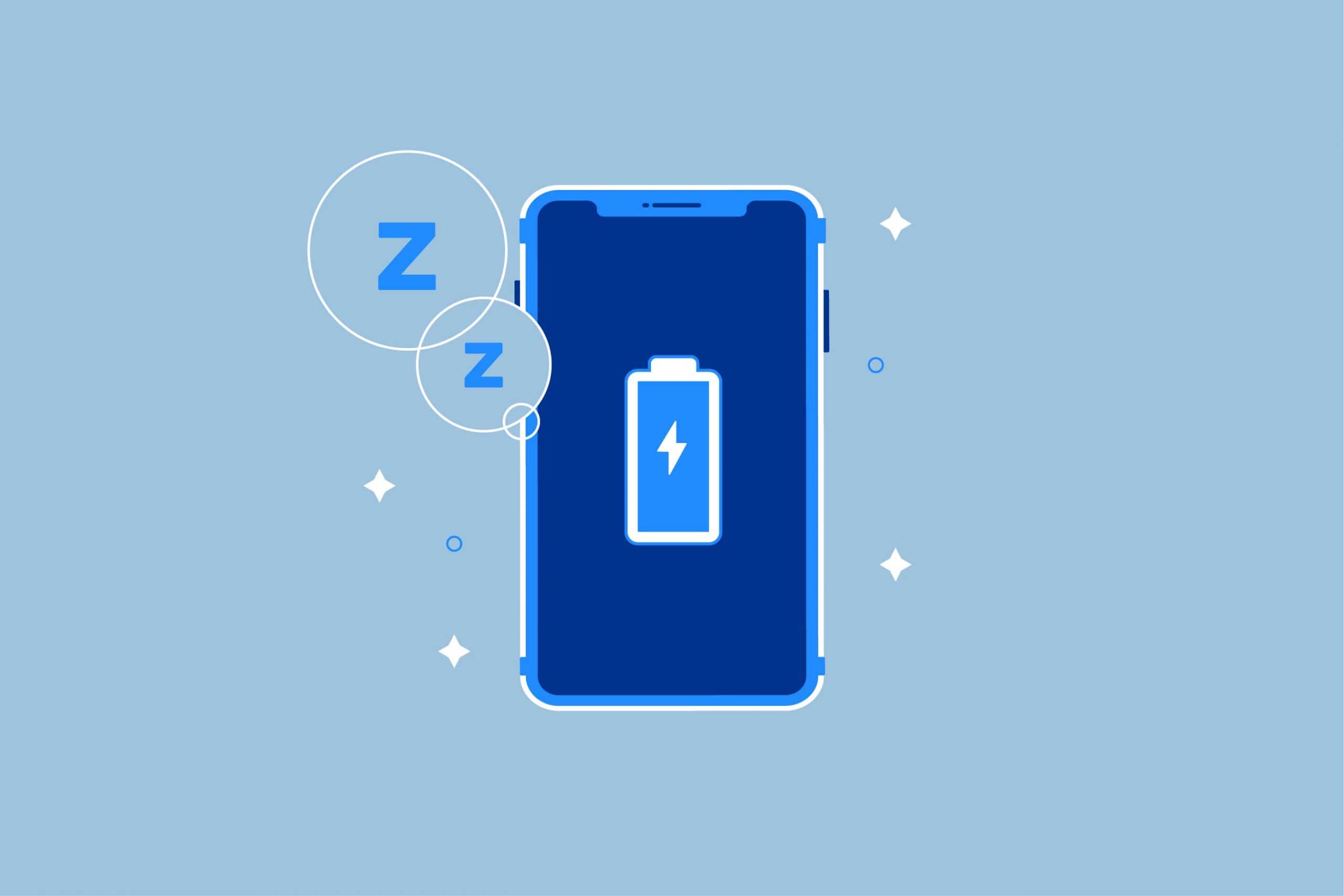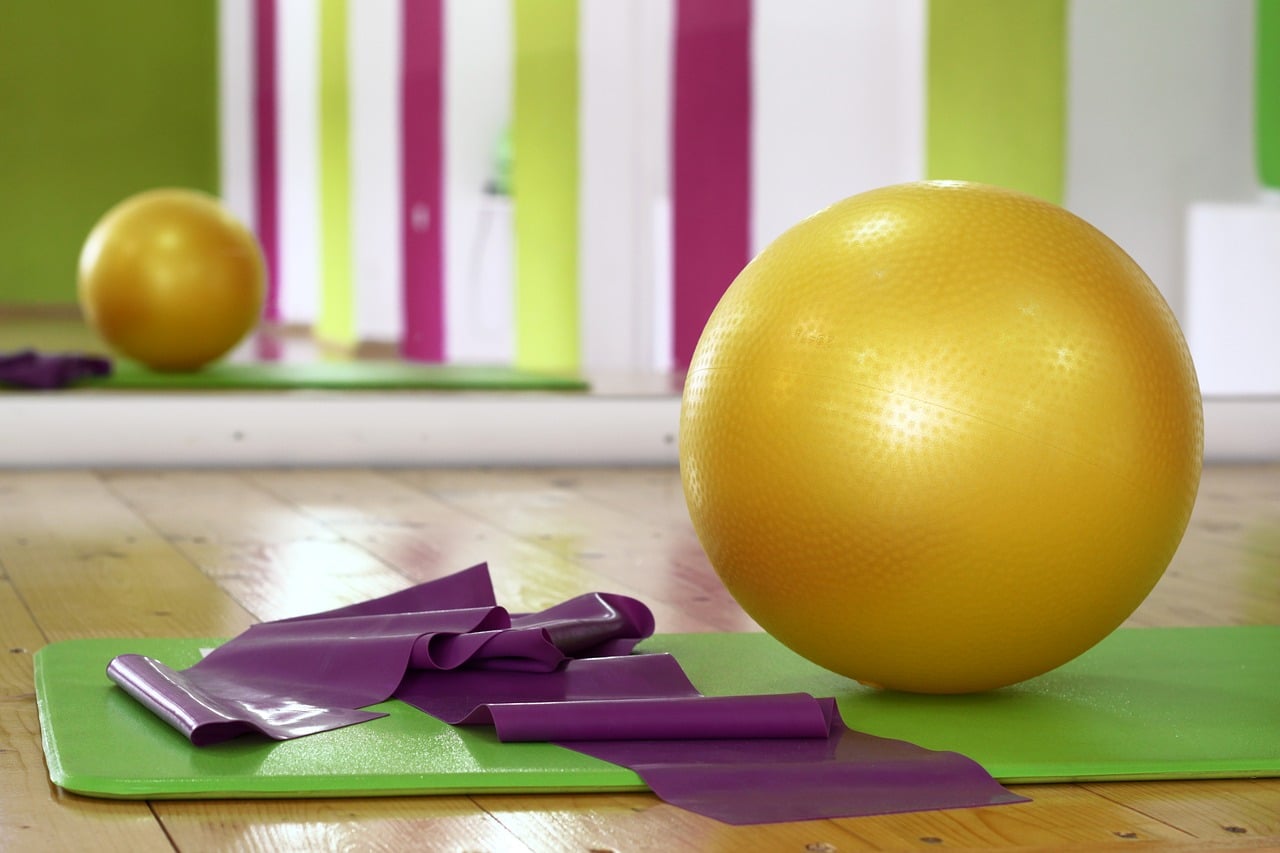Key Takeaways
- Power naps are short naps, usually 15-20 minutes, that can boost your energy and alertness. They are an effective way to recharge during the day.
- Best time to power nap is between 1-3 pm when we naturally experience a dip in alertness. Earlier is fine, but napping later can disrupt nighttime sleep.
- To nap effectively, set an alarm, find a dark and quiet place, and avoid distractions.
Power naps can give you great benefits. You sleep for a few minutes and gain a burst of alertness, energy, and efficiency that lasts for hours. If you ever feel sluggish and lethargic midday, a quick 20-minute nap can rescue you.
Gone are the days when naps used to be a part of a preschooler’s routine. Now, power naps are being incorporated even in the corporate world because National Institute of Health studies Verified Source National Library of Medicine (NIH) World’s largest medical library, making biomedical data and information more accessible. View source show they effectively boost performance. In this article, we discuss how to power nap and the benefits of this quick daytime nap.
What is a Power Nap?
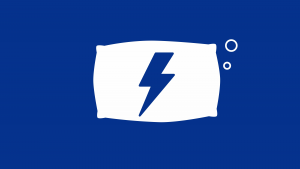 A power nap is a short period of daytime sleep, enough to rejuvenate you when you feel exhausted. Sleeping or even resting for a short while when you feel tired in the middle of the day makes you more patient, reduces stress, increases efficiency, and improves your overall health.
A power nap is a short period of daytime sleep, enough to rejuvenate you when you feel exhausted. Sleeping or even resting for a short while when you feel tired in the middle of the day makes you more patient, reduces stress, increases efficiency, and improves your overall health.
Power naps are meant to be short, and it’s even possible to experience deep sleep, the most restorative stage of sleep, though a well-rested person may only experience the lighter stages of sleep. Our sleep is divided into four stages, including the first three stages of NREM type sleep and the last stage of REM (Rapid Eye Movement) sleep.
We go through all the four stages of NREM and REM sleep in each sleep cycle. Each sleep cycle lasts for about 90 minutes. During nighttime sleep, we need to experience four to six sleep cycles to feel well-rested enough.
If you slip into the third stage of sleep, then you enter the deeper stages of sleep. Short naps are good, ideal for power napping and to minimize the potential after-effects of grogginess and disorientation.
How to Power Nap
 The goal of a power nap is to make the most of a brief shut-eye period on a busy day. Longer naps can not only leave you feeling groggy but can also affect your nighttime sleep quality.
The goal of a power nap is to make the most of a brief shut-eye period on a busy day. Longer naps can not only leave you feeling groggy but can also affect your nighttime sleep quality.
In fact, we don’t recommend power naps for those who struggle to fall asleep quickly at night. Take a short nap only if you feel tired during the day.
“A nap is as good as a night of sleep for cognition if timed correctly,” says Dr. Nayantara Santhi. “The mid-afternoon dip in alertness and build-up of sleep pressure makes this time conducive for napping. Of course, how long you nap is also important.”
Here are a few simple rules to help you power nap effectively:
Time the Duration of Your Nap
 The duration of your nap is crucial in determining its effectiveness and sidestepping the effects of sleep inertia. During power naps, you transition from NREM stage 1 to NREM stage 2 and wake up before slipping into NREM stage 3. However, if one has not slept enough the night before and feels the need for a nap, then you will slip into deep sleep quite fast.
The duration of your nap is crucial in determining its effectiveness and sidestepping the effects of sleep inertia. During power naps, you transition from NREM stage 1 to NREM stage 2 and wake up before slipping into NREM stage 3. However, if one has not slept enough the night before and feels the need for a nap, then you will slip into deep sleep quite fast.
If you have enough time to complete one full sleep cycle, then set an alarm for 90 minutes of sleep. You can use your phone if you’re out of home or a proper alarm clock if you’re power napping at home. Completing a full cycle of sleep enhances your cognitive performance Verified Source Harvard Health Blog run by Harvard Medical School offering in-depth guides to better health and articles on medical breakthroughs. View source and creativity, but be careful to not wake up anytime in between.
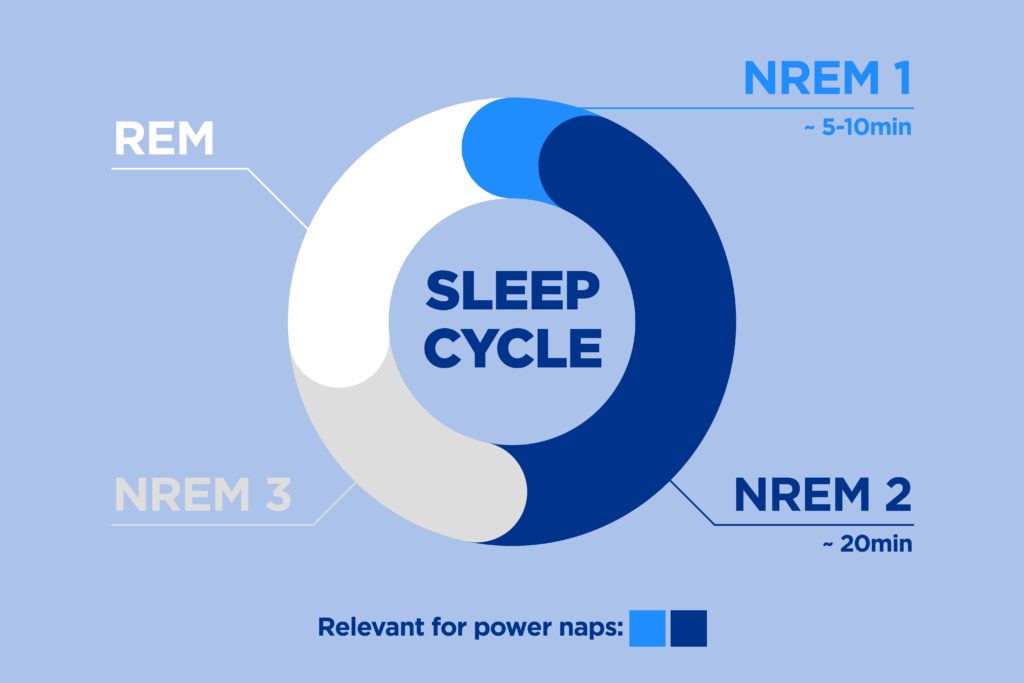
The NREM stage 1 lasts 5 to 10 minutes, comprising the shift between wakefulness and sleep. In NREM stage 2, lasting about 20 minutes, your body temperature drops, heart rate begins to slow, and your brain produces sleep spindles.
Spindles play an essential role in processing and consolidating memories. By setting an alarm for 15 to 20 minutes, you reap the benefits of sleep spindles and wake up with renewed energy to complete your day’s work.
You either sleep for 15 to 20 minutes or a full sleep cycle of 90 minutes to make the most of your nap time.
Plan Your Nap Time Between 1 to 3 PM
 Plan your nap time after lunch between 1 to 3 pm because waking up any later than 3 pm can disrupt your nighttime sleep. It’s normal for most people to feel sleepy 7 to 8 hours after they wake up or after having a meal, making it the best time for a quick snooze.
Plan your nap time after lunch between 1 to 3 pm because waking up any later than 3 pm can disrupt your nighttime sleep. It’s normal for most people to feel sleepy 7 to 8 hours after they wake up or after having a meal, making it the best time for a quick snooze.
We feel sleepy due to a natural dip in our circadian rhythm Verified Source National Library of Medicine (NIH) World’s largest medical library, making biomedical data and information more accessible. View source during this time of the day.
As Dr. Santhi explains, “Circadian rhythms are 24-hour cycles in physiological and mental functions that are generated by our body clock. Our sleep-wake cycle is a circadian rhythm.” Our temperature, heart rate, and hormones similarly all follow a 24-hour rhythm.
Circadian rhythm is our body’s internal clock regulating a healthy sleep-wake cycle through physiological changes, such as body temperature, blood pressure, and heart rate. Keeping your sleep schedule on track with healthy rhythms helps you avoid oversleeping and sleep deprivation.
Find the Right Place to Nap
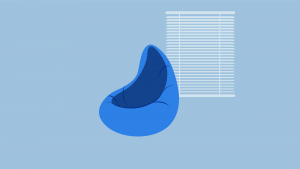 If you are working from home then this is easy. Choose any comfortable spot, but ensure it’s not too comfortable, otherwise you won’t feel like waking up and getting back to work.
If you are working from home then this is easy. Choose any comfortable spot, but ensure it’s not too comfortable, otherwise you won’t feel like waking up and getting back to work.
Many corporations are recognizing the importance of power naps so they have introduced nap pods or nap rooms to their offices. Employees can take a short nap and resume work with increased efficiency. If your office doesn’t have a dedicated space for a nap, consider napping in your car.
If you can, elevating your legs can improve your comfort and minimize the chance of waking up stiff or with a sore back. Raising your knees takes the pressure off the lower back, but so doing out of the home can be tricky.
There are wedge pillows meant for travelers that can be inflated, so you may want to look into purchasing one and keeping it in your vehicle or office desk. Or you could simply stack a number of pillows into a small pile and rest your knees on top of it.
If you’re at home and taking a power nap, you can use a wedge pillow with a standard foam fill or a more upscale adjustable bed.
Quick Guide: A 30-Second Summary
| Best Adjustable Bed Overall | Amerisleep Adjustable Bed+ |
| Best Affordable Adjustable Bed | Amerisleep Adjustable Bed Base |
Avoid Distractions
 Use headphones and eye masks to block out noise and light. If you wear contacts, take them out, as sleeping with contacts in can be unpleasant and can even cause eye damage.
Use headphones and eye masks to block out noise and light. If you wear contacts, take them out, as sleeping with contacts in can be unpleasant and can even cause eye damage.
Avoid any distractions during a power nap because you have only 15 to 20 minutes to make the most of this shut-eye period. Distractions during this time will delay sleep onset, making you late in getting back to work. A delayed nap can also affect your nighttime sleep, crucial for your overall health.
Coffee and Naps
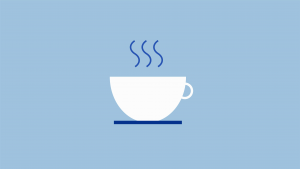 Pairing a cup of coffee with power napping can enhance your productivity. You feel energized due to the nap as well as the stimulating effect of coffee.
Pairing a cup of coffee with power napping can enhance your productivity. You feel energized due to the nap as well as the stimulating effect of coffee.
Coffee naps prove effective because napping naturally clears adenosine from the brain. Adenosine is a chemical neuromodulator, which when accumulated in high quantities makes the body feel tired. Structurally, caffeine is like adenosine and it has to compete with adenosine to find space in the brain cell receptors for a stimulating effect.
By napping, you remove adenosine out of way, allowing caffeine to stimulate you more and boost alertness. If you drink coffee, we suggest you take it no later than early afternoon to avoid affecting your sleep schedule.
Benefits of Power Naps
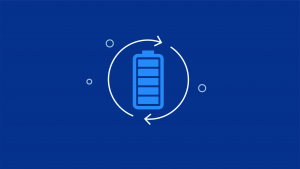 Now that you know how you can power nap, it’s time to consider the benefits you can reap from doing so. Power naps give you a much-needed shut-eye period in the middle of the day, helping you overcome that typical mid-day slump.
Now that you know how you can power nap, it’s time to consider the benefits you can reap from doing so. Power naps give you a much-needed shut-eye period in the middle of the day, helping you overcome that typical mid-day slump.
By power napping, you experience short-term results such as an increased level of energy, as well as long-term gains like improved memory and immunity.
Enhances Energy Levels
 Another benefit of napping is how it can make low-energy days easier to manage. When you are way too tired to continue with work in the middle of the afternoon, a short nap helps you overcome your exhaustion. You resume work with more energy, helping you focus better and enhance your productivity.
Another benefit of napping is how it can make low-energy days easier to manage. When you are way too tired to continue with work in the middle of the afternoon, a short nap helps you overcome your exhaustion. You resume work with more energy, helping you focus better and enhance your productivity.
Improves Memory
 According to a
Wiley study,
Verified Source
Wiley
Multinational publishing company specializing in academic and instructional materials.
View source
even a short episode of sleep is enough to improve your memory and learning skills. The sleep spindles produced during NREM stage 2 enhance your cognitive performance by consolidating memories.
According to a
Wiley study,
Verified Source
Wiley
Multinational publishing company specializing in academic and instructional materials.
View source
even a short episode of sleep is enough to improve your memory and learning skills. The sleep spindles produced during NREM stage 2 enhance your cognitive performance by consolidating memories.
Can Lower the Risk of Heart Disease and Stroke
 Power napping reduces stress and eliminates exhaustion, which promotes heart health as well. Recent research shows napping once or twice a week can lower the risk of heart attack and stroke.
Power napping reduces stress and eliminates exhaustion, which promotes heart health as well. Recent research shows napping once or twice a week can lower the risk of heart attack and stroke.
Boosts Immunity
Catering to the midday sleep needs of your body can boost your immunity as well. A 2015 Oxford study Verified Source Oxford Academic Research journal published by Oxford University. View source shows power napping reverses some of the adverse effects on immunity, caused by nighttime sleep deprivation.
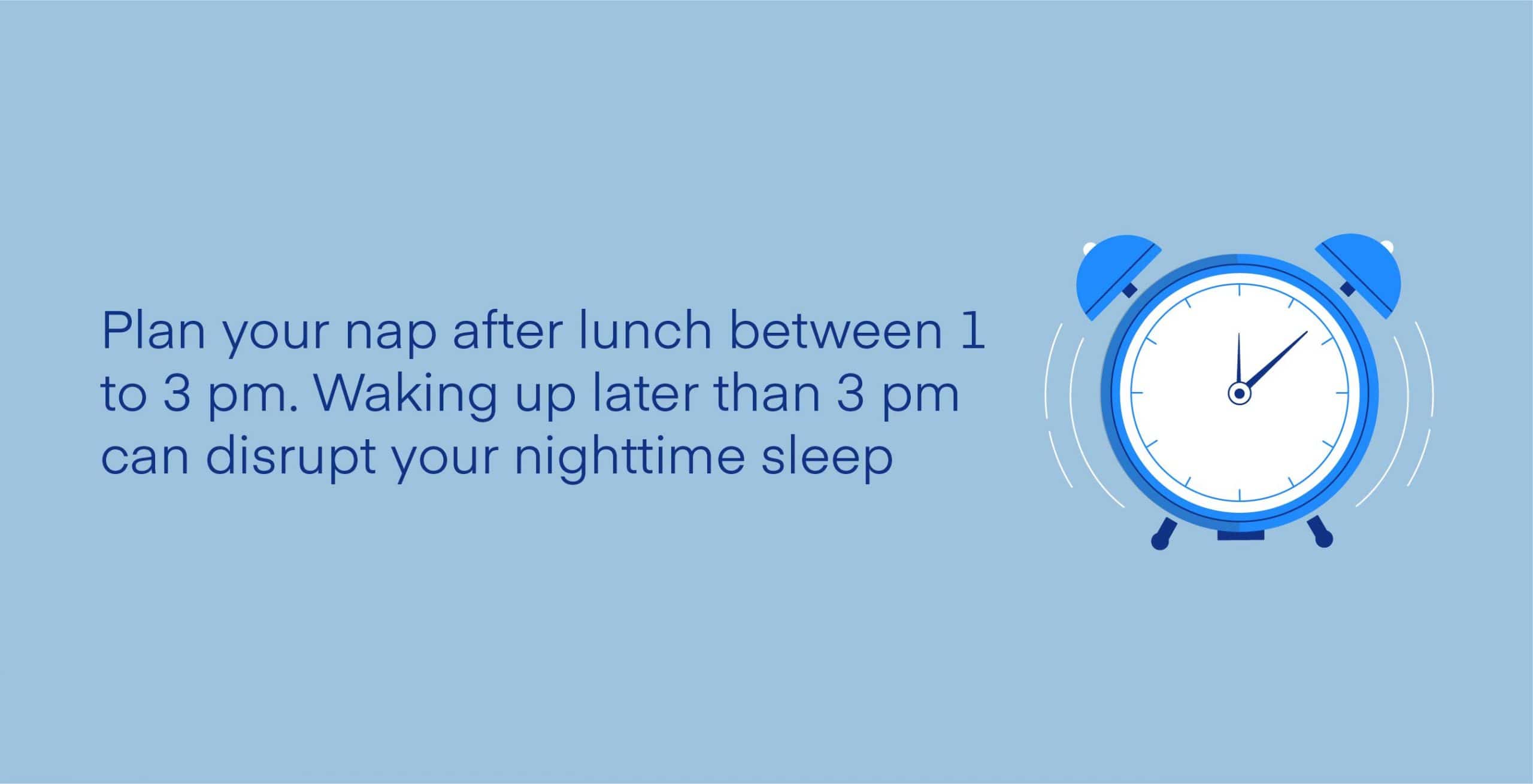
What If I Struggle to Sleep During a Nap?
Plenty of would-be nappers are frustrated to find themselves lying down without any feeling of a successful nap. First off, though, it’s crucial to try and avoid any stress over not falling asleep fast. Stressing out will only make it more difficult to drift off.
And while it is best to grab a few minutes of sleep, even resting without slipping into a light sleep has its benefits. Just by closing your eyes and lying still, you giving your body a rest and should find it easier to return work, even if you didn’t sleep.
However, if refreshing cat naps continue to elude you, here are a few quick sleep hygiene tips to try for better napping:
- Try deep breathing exercises. Inhale deeply, hold for a few seconds and exhale slowly. This can help relax your body.
- Use a relaxation technique like body scanning or progressive muscle relaxation. Mentally scan each part of your body from head to toe, consciously releasing tension.
- Adjust timing. Try napping earlier or later in the day (though not too late)to see if it’s easier for you to drift off.
- Limit caffeine a few hours before napping. Caffeine can make falling asleep difficult.
What If I Can’t Power Nap?
Maybe it’s not logistically feasible for you to take a power nap. Maybe you don’t have the 20 minutes to spare or maybe you just can’t find a good place to drift off. For example, you’re unable to sleep sitting up or on the floor in an office.
Sometimes you’re simply tired and unable to nap for no clear reason. Whatever the reason, if a power nap is beyond your means, there are a few other things you can try to boost your energy:
- Get some bright light exposure. Open the blinds, step outside, or use a light therapy box for 10-15 minutes. Light exposure tells your body it’s time to be awake.
- Do some light exercises like walking, marching in place, or doing jumping jacks. A brief bout of exercise can spike your energy. As a bonus, while it will wake you up in the moment, exercise can help you sleep at night.
- Drink a glass of water. Dehydration can cause fatigue, so rehydrating may perk you up.
- Have a healthy snack. Foods like berries, nuts, or yogurt provide an energy boost from protein and carbohydrates.
- Try deep breathing exercises. Taking a few minutes to inhale deeply and exhale slowly can be rejuvenating.
FAQs
How long should you power nap for?
A 20-minute power nap is best for your body and mind. You wake up feeling more alert and refreshed. Sleeping more than 20 minutes can make you feel sluggish, groggy, and more tired than before you napped, but if you have time, you may sleep for 90 minutes to complete a full sleep cycle.
You either sleep for 20 minutes or 90 minutes to avoid waking up from a deep sleep stage and struggling with sleep inertia. Usually, people don’t have 90 minutes for an afternoon nap, so 20-minute power naps have become the order of the day.
Is power napping good for you?
Yes, power napping is good for you because it allows you to rest for some time, shedding the built-up exhaustion of the day. It reduces your stress, and improves your mood, alertness, memory, and overall health. When power napping, ensure you wake up before 3 pm because sleeping any later than that can lead to poor sleep at night.
How can I nap for 20 minutes?
Set an alarm before you settle down for a power nap. Don’t stress if you can’t fall asleep quickly within this time. Power napping is a skill and it takes some practice to train yourself to do it. You will feel relaxed even if you didn’t fall asleep during these 20 minutes. A brief period of shut-eye also helps us de-stress.
Is a 2-hour nap too long?
Yes, a 2-hour nap can delay sleep onset at night and affect sleep quality. Power naps are ideally 15 to 20 minutes long, and if you have the time, you can sleep for 90 minutes (1.5 hours) to complete a full sleep cycle. Sleeping for 2 hours will make you feel disoriented because you’ll wake up while transitioning to the deep sleep stage of your second sleep cycle.
Can everyone take power naps?
Power naps are not meant for everyone. We recommend taking power naps only if you feel tired in the middle of the afternoon. Those who struggle to fall asleep at night or have insomnia should not take power naps, because it can lead to poor nighttime sleep.
Conclusion
You feel the need for a power nap if you don’t get 7 to 9 hours of sleep at night, but power naps cannot be a replacement for insufficient nighttime sleep. Power naps can help you with a burst of energy to continue with the day’s work, but it cannot compensate for the damage to your overall health due to less nighttime sleep. In fact, the effects of a power nap are better when you get adequate sleep at night as well.
About the author
Mitchell Tollsen is a graduate student and a freelance writer who’s contributed to the Early Bird blog for three years. Mitchell’s always been fascinated by the science of sleep and the restorative processes our bodies undergo when at rest. The self-titled “Sleep Expert” is always looking for ways to improve his shut-eye, and throughout the years has implemented numerous lifestyle changes and tried dozens of sleep-promoting gadgets to determine the best ways to truly get better rest.
View all posts